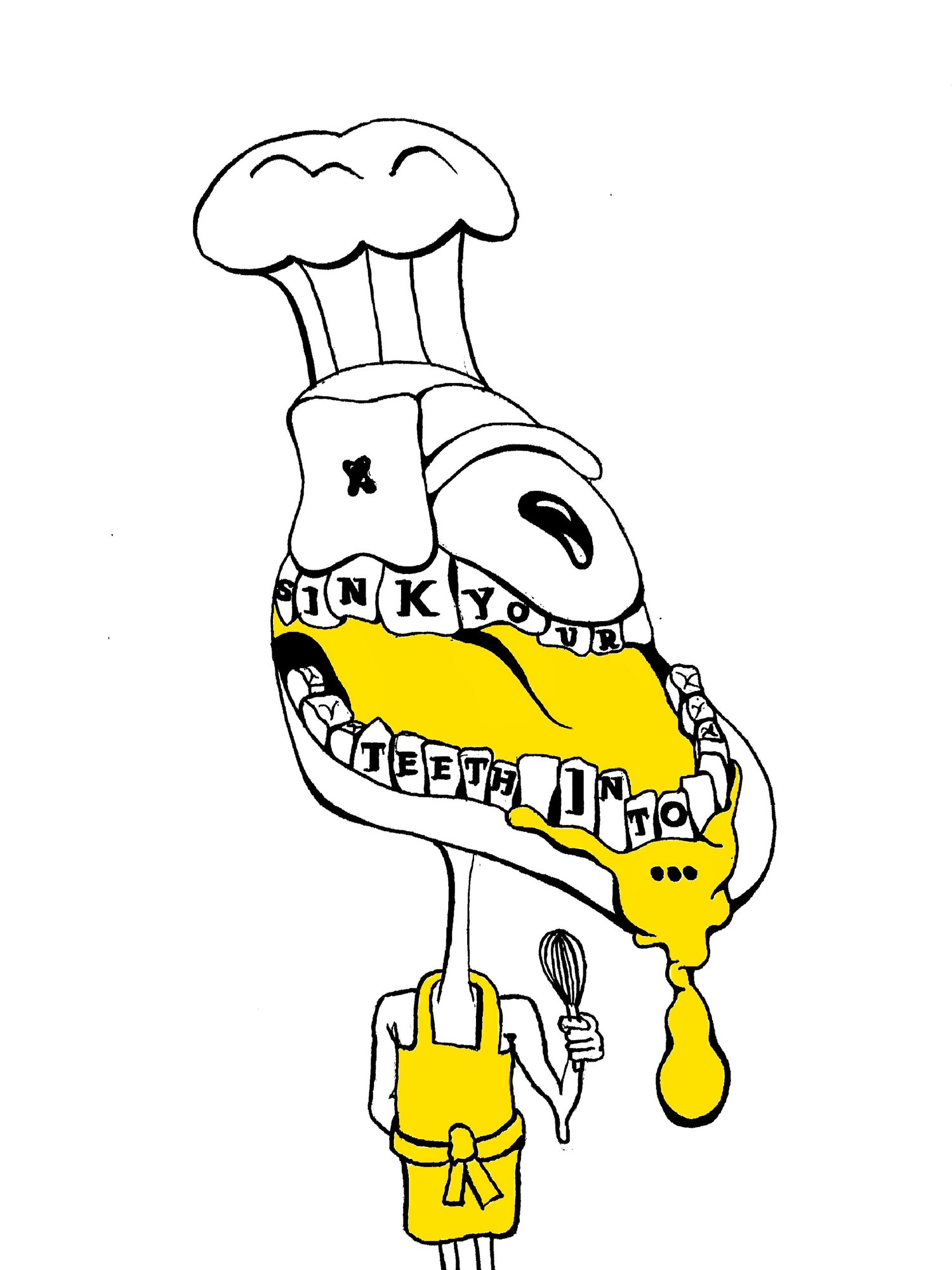The Best Cartò Zia Maria Ever Had
Half Sardinian half Texan, Francesca Farris moved to Italy seeking to collect stories of the people, processes, and ingredients that characterise the local cuisine and food systems of Italy’s 2 main islands: Sardinia and Sicily. Francesca currently works at the Anna Tasca Lanza cooking school in Sicily.
Zia Maria went to a baptism and tried the best cartò she’s ever had.
Through a series of conversations, phone calls and whatsapp chats, Zia tracked down the maker, who shared with us her mother’s recipe for cartò. Now we’re hunched over her telefonino’s speakerphone as a tinny voice blabs away, me scribbling down every word.
An almond brittle with many names. Each town in Sardinia has its own word–gattò, cattò, gateau de mendula–and it’s own recipe for this simple 3 ingredient treat. In Orosei they say cartò.
Cartò is just one example of many of the time-intensive hand-worked processes needed to create the mainstays of Sardinian cuisine. Though simple in ingredients, the complexity of cartò lies in the intricacies of the technique, the handiwork in preparation.
We start by blanching 1 kilo of whole raw almonds. Then by pinching each between our thumb and forefinger, we coax the little white almond out of its brown jacket, called the pellicina.
I look over to see that for every almond I peel, Zia peels three. Without looking down, her hands work on their own, the repetitive action loosens the memories stored in her joints.
Zia tells me stories of the days before a wedding, when women of the neighborhood would gather in the home of the bride’s family to process almonds to make all the sweets for the big event, aranztada, guelfos, and cartò.
They sit in a circle on stools in the courtyard, their long black skirts pooling on the ground around their feet. Skirts covering their chairs, appearing almost as if they float above the floor, their laps piling up with the almond’s brown pellicina. Together they process over 100 kilos of almonds, a long assembly line to blanch, peel, slice, and toast the almonds to prepare them for their sweet transformation. Their gossip sustains a long day’s work.
Now, Zia and I sit on the plush recliners in her living room which doubles as the foyer of the hotel she lives in. We’ve pulled the coffee table up to our knees, and we work with the tv on low volume, flashing blue. I try to imagine our plastic colanders as the woven asfodelo baskets lined with linen cloth they would have been once. Or the industrial stainless steel pot that was once a charcoal-stained copper cauldron over an open fire, releasing the sweet smell of burnt almond.
Cartò Nuorese
The recipe below is the one that was shared with us over the phone. Zia especially loves
it because sticky or overly crunchy, it has the perfect crisp and easy break.
I’d recommend buying store bought blanched slivered almonds if you want to cut down a day’s worth of work to get your almonds “ready.” Or choose a loved one to process almonds with.
Once the almonds are ready, this recipe becomes very fast-paced and comes together in a matter of minutes. My favourite part is the Sardinian secret touch - using a lemon instead of a rolling pin to add a last minute hint of citrus.
1 kilo whole raw almonds or blanched slivered almonds
200 g granulated sugar + some for work surface
200 g honey
Whole lemon (or any citrus fruit)
If starting with whole raw almonds:
Blanch them in boiling water for 2 minutes
Pinch the brown skin off and soak the white almonds in water to keep from browning
Slice each almond lengthwise into 2-3 slices
Toast the almonds in the oven at very low temperature to dry them out
Pick a smooth work surface where you will roll out your cartò (marble, granite, stainless steel work great). Sprinkle a liberal layer of granulated sugar, this will prevent the brittle from sticking to the counter.
In a heavy bottomed pot over medium flame, dissolve the sugar in the honey until smooth.
Add the almonds, stirring constantly to create even caramelization and to prevent burning.
Once the almonds are an even deep caramel color, it is ready to come off the heat.
This is when you gotta work quickly but also carefully because the sugar is only extendible when the whole mixture is molten lava hot.
Pour the almonds out over your sugared work surface and using a lemon (or any citrus), pat down the almonds and roll them out to *ideally* a single layer thin. You can dampen the outside of the lemon to prevent sticking.
Once you have it rolled out, still working fast before it cools, use a knife to cut your cartò into diamonds.
Good job, you’ve done it! Let it cool. Take a walk and find a citrus tree to pick leaves to use as little individual serving doilies. If there’s no citrus near you any leaves could work or little frilly cupcake cups work too!





